Getting students up and out of their seats throughout the school day is an important strategy for boosting achievement. And flexible seating is a great way to do this.
Who wants to sit in the same boring, uncomfortable chair all day? Giving students choices in where to sit, and encouraging them to move around and sit in different places as they work on various tasks, not only gets kids moving—it also builds student ownership of their learning.
One of the main objectives of flexible seating is to increase engagement and active learning while reducing sedentary periods of time. Traditional seating charts are replaced with seating arrangements that allow the students to sit where they choose.
Makes sense, right? If I’m working on project and need to pick my colleague’s brain, we book the conference room with a big table and whiteboard space for brainstorming. If I’m writing an article, I gather my research and find a cozy spot to read and prep for the article.
It’s the same idea for students. They select the best area in their classroom and the best style of seating to support their preferred learning style and the assigned learning task.
How do I design my classroom to support flexible seating?
Classroom design should reflect the real world and prepare students for life after school. Flexible seating mirrors the self-choice and self-directed nature of today’s workplaces. Think of highly successful companies like Amazon and Google, which have created flexible, innovative office spaces.
Flexible learning spaces increase student ownership, motivation, and engagement, because students are in charge of making positive choices for their own learning. When students are comfortable and satisfied, they can stay focused and work for longer periods of time.
For flexible seating to work, students need lots of choices in where to sit. This includes a variety of seating types, so that students can choose a seat that’s most comfortable for them—traditional chairs, or stools that let them rock gently back and forth, or standing desks, or soft seating options—as well as places to accomplish different tasks.
For instance, you might set up your classroom with different learning “zones,” each intended for a different type of learning activity. Education thought leader David Thornburg identifies three kinds of learning spaces—the campfire, cave, and watering hole—that define different types of learning. The campfire is a space where students gather to learn from an expert. The cave is a private space where students can read and reflect independently. The watering hole is an informal space where students can share information.
As students switch from one learning task to another, they are free to move around the room and sit where it makes the most sense to do so. They might sit in a group with two or three of their peers to collaborate on a project, then move to a soft, comfortable chair to read independently, and so on.
How do I implement flexible seating?
You might be thinking: How do I manage flexible seating? Here’s my advice … Jump right in! You won’t regret it, and your kids will thank you.
The journey toward flexible seating is different for every classroom, but here are some tips that will make the transition from old-school learning environments to inviting, 21st-century learning spaces more effective.
Make a Plan for Storage
Teaching and learning requires a lot of stuff … book bags, art supplies, curriculum resources, and so on. How will you organize and manage all of the materials when students don’t have an assigned desk with their own built-in storage? Will you invest in mobile storage or use current bookshelves or lockers? Will you use storage bins to share supplies? Think like a Montessori teacher and research how to organize your classroom before you dive in.
Teacher’s Choice
Repeat after me: “Flexible seating DOES NOT mean I am giving up control of my classroom!” Letting students pick a seating option that works best for them does not mean the teacher gives up control. One of the important rules for flexible seating is “Teacher’s Choice” which means that the teacher can move anyone at any time. This is a critical standard operating procedure (SOP) to implement, because there will be students that do not always make smart choices. Think about yourself in a faculty meeting or staff meeting? Do you choose to sit by a friend and chat or always pick the best spot to be attentive? Students will do the same and choose to sit by their friend instead of completing their work. The Teacher’s Choice SOP allows teacher’s to step in and offer guidance or redirect when necessary, so the learning space remains engaging and effective.
Start Small, Think Big
You do not wake up one morning and run a marathon. Start small with the end in mind. What is one thing you can change first? Maybe take the legs of a table and bring in floor pillows? Begin with one seating change at a time and teach those procedures before adding another choice in the mix. Starting small will make the transition from traditional seating to a flexible learning environment more effective. If you inherit a classroom full of flexible seating, offer choice in small increments and use traditional procedures to slowly teach your class and adjust your teaching style.
Beg, Borrow, Steal Put away your wallets! There are funding sources that may be able to support the initial investment of implementing flexible seating. Donors Choose is a great grant platform that supports teacher projects, especially if it is innovative like flexible seating. I’ve seen wobble stools, whiteboard tables, and ball chairs all sources from Donors Choose. The process to create a grant is SUPER SIMPLE, so don’t let that hold you back. Your PTA may jump on board to offer a mini grant to kick start your classroom. Your principal may even offer a small amount of money if you share your goals and vision for the class.
Play Goldilocks
Let the students play Goldilocks. It might take a few times to figure out which chair fits their learning style. Allow students to change their seat throughout the day. There are different times throughout the day that I prefer to sit or stand up at my desk. Students ae the same and will opt for the best chair based on their mood, energy, or specific learning task. Our SOP chart, does include a statement that moving seats should not disrupt their learning or learning of others. Don’t forget – there is still control! Allowing students to change seats to a new spot makes them become aware of their learning style and take more ownership of their learning.
Parent/Teacher Communication
Classrooms do not look like they did when we were in school or when the parents of your students attended school. Innovation and change can be scary, so be sure to communicate to your stakeholders if you are an early adopter of flexible seating. Below are a few suggestions that have proven successful:
- Host an open house in your classroom and share the benefits of flexible seating and how the classroom will be managed.
- Post pictures on your class web page or social media
- Send a detailed newsletter home defining flexible seating and the benefits.
Stakeholders will jump right in to support the change, especially if you have clearly communicated!
Reduce, Reuse, Recycle
Teachers are the worst kind of hoarders! REDUCE – Purge old tables, huge teacher desks, filing cabinets, and other clumsy furniture that takes up a lot of space. RECYCLE those exercise balls into chairs or scoop up existing tables from around the school or your district warehouse. REPURPOSE – Think Design on Dime and go explore Pinterest for how to repurpose! For example, paint those desktops with markerboard paint or cover in markerboard contact paper.
Student Voice
Invite students to give feedback and ask what works for them. One year, I had a class that wanted to get rid of all the desks and use bean bags, yoga mats, clipboards, and so on. The following year, the group wanted desks and more tabletop surfaces. Students will tell you what works best for them if you offer the opportunity for a feedback loop. Feedback loops will give the students a voice and more ownership of the classroom.
SOPs (Standard Operating Procedures)
I have to admit that I never thought it would be necessary to teach a child how to sit in a chair or how to use a piece of furniture properly. Well, it is! Make the expectations clear and include them with your standard operating procedures (SOPs). What does it look like to sit in wobble chair? How do I move a desk on casters to form a group? Students should have ownership of the SOPs, so create them as a class and post a student generated visual as a reminder and a tool to revisit if necessary. After you have taught the procedures, be sure to model the expectations and practice frequently. Creating SOPs will set your students up for success before you begin free choice.
Reteach
Flexible seating may be new to most of your students. Have you ever watched a YouTube video to learn how to do something? You probably replayed the video and pushed pause to practice. Same concept with our students. They will need to hear it several times before they master the expectations. Take the time to revisit the expectations throughout the year. Positively reinforce students utilizing the furniture properly and making smart choices. Reteach, Reteach, Reteach to set yourself and your students up for success.
Take these tips and jump into flexible seating! You have the tools and tips to prevent “the cemetery effect” of rows of seating in your classroom. Your students will thank you for creating a learning space that supports the needs of ALL learners!
For more information about strategies to support active learning, download the free guide:

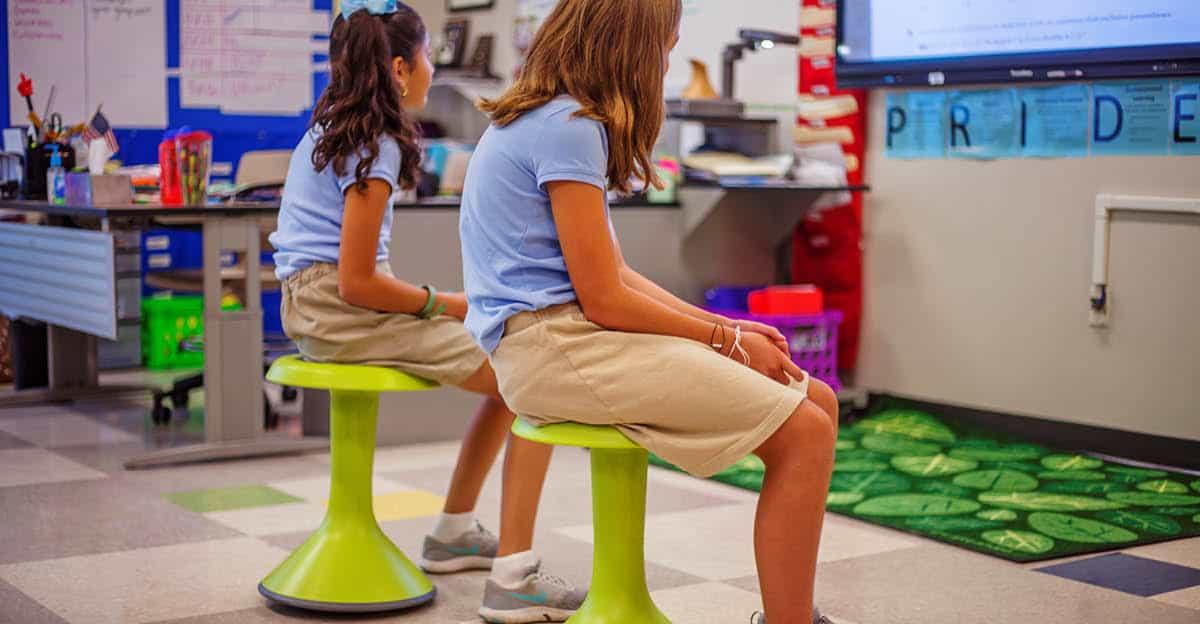
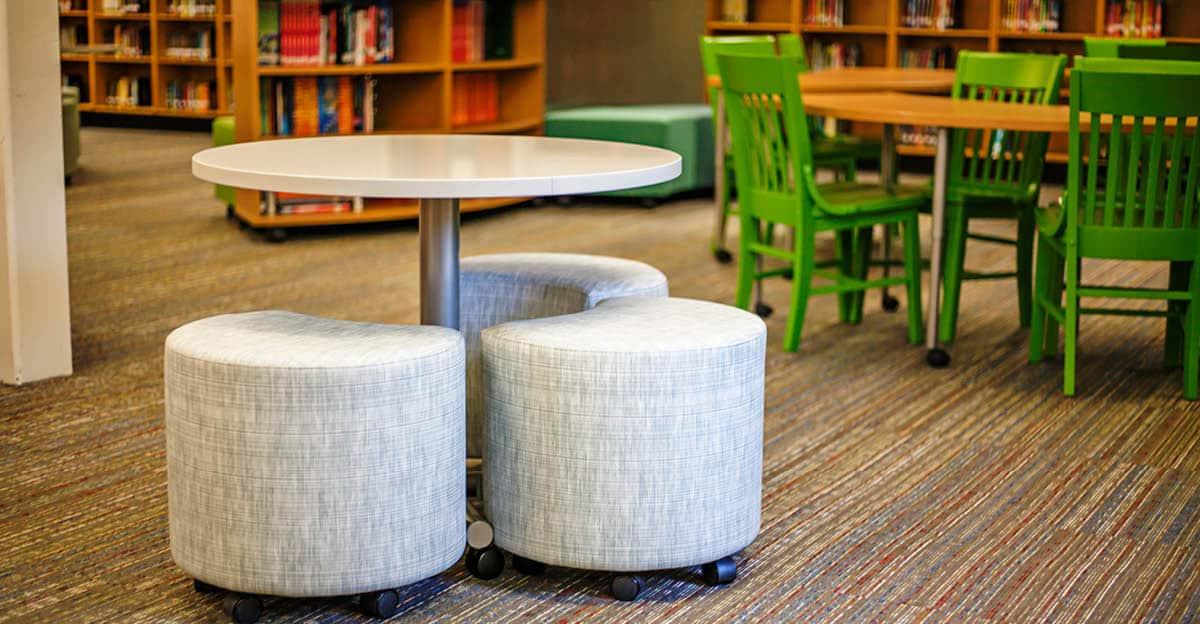
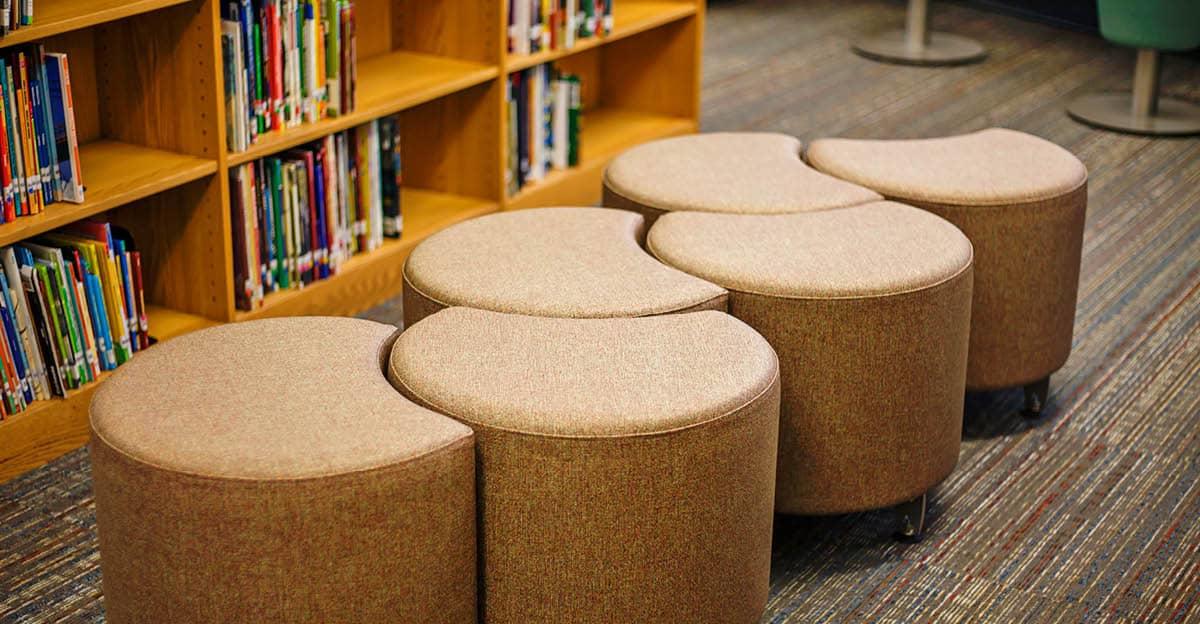
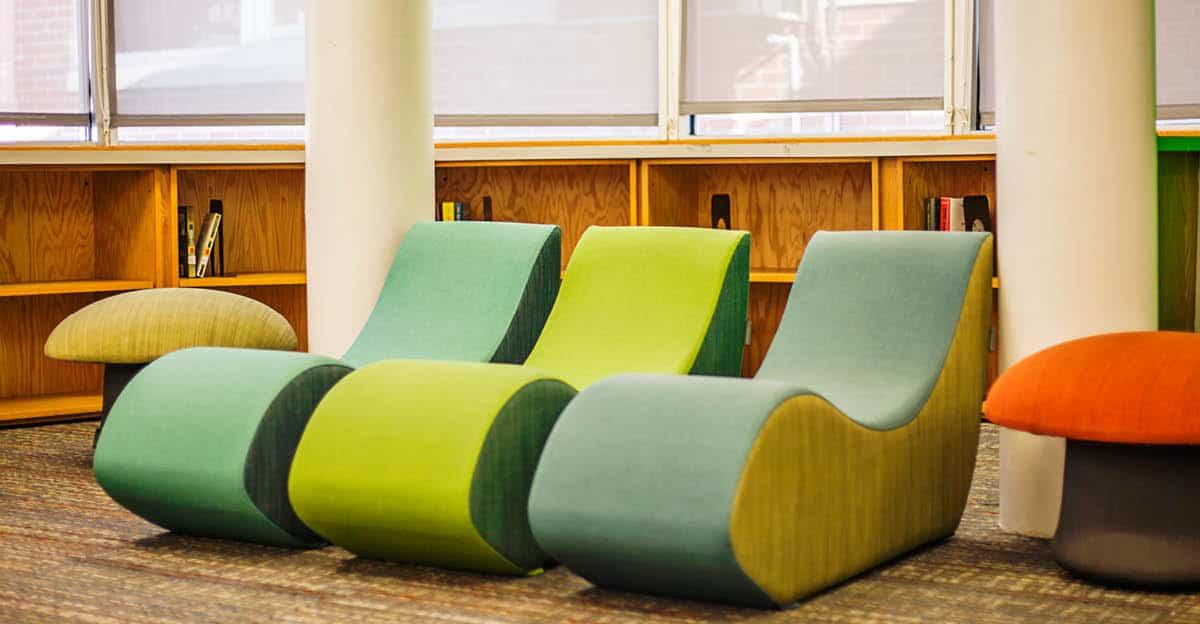
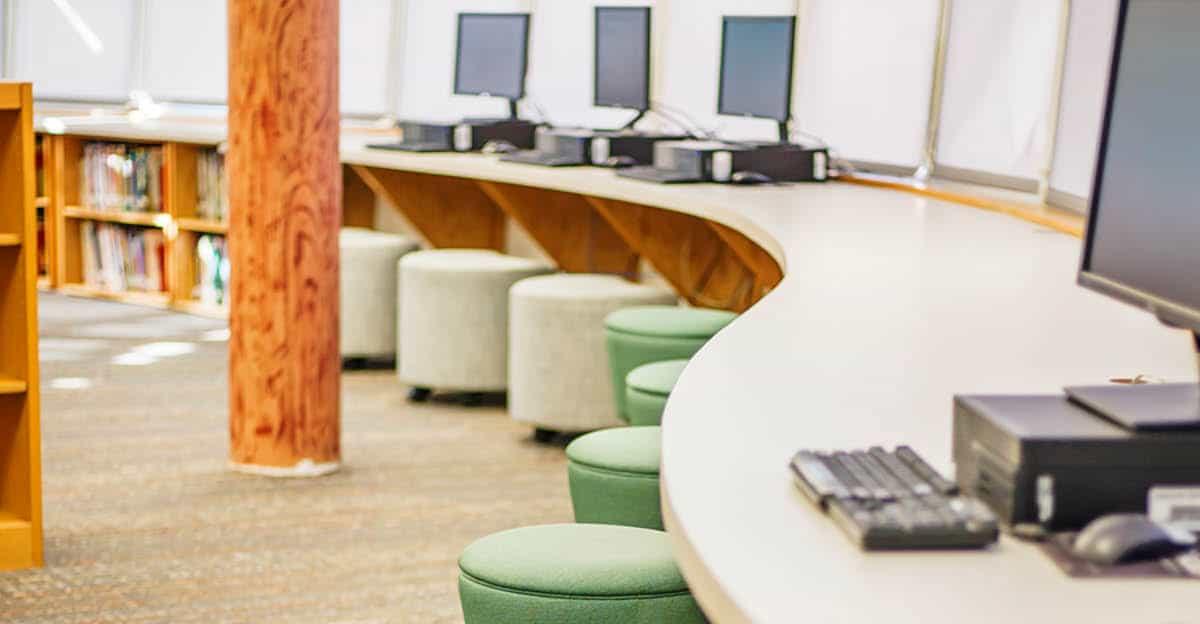


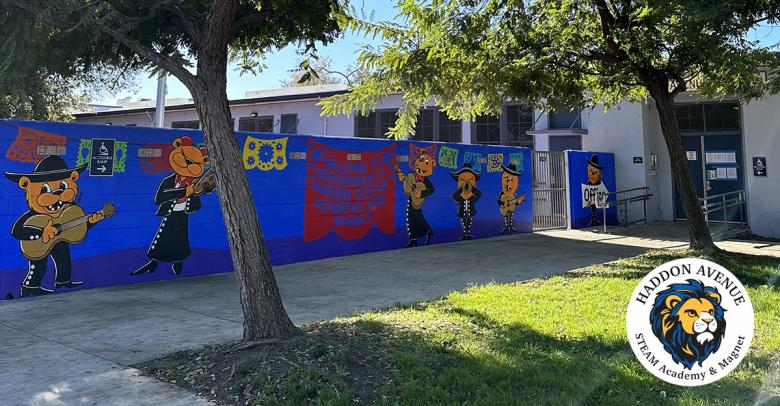

I like the idea of students being able to choose which seat and where to sit. I think when students can make their own choice, they will stay on task longer.
What if I do not have enough “flexible sitting” for every student in my classroom. I have 4 wobble stools, a couch, a rocking chair, a standing table, cushions, and an older desk. But that is not enough for everyone, so how do you choose which students sit where?
Kendall –
What a great question! It is not a bad thing that you don’t have enough alternative seats for every student. How you use the seats really depends on your teaching objectives. I will reach out to you with some more questions and information. BUT the short answer is – flexible seating is not intended to use for a full day so allow your students to rotate and choose the seat that best suits their learning needs. I would introduce a seat, talk about how to use it, and have students model just as you would any other manipulative tool. Slowly introduce the different types of seating on a regular basis. Then students can move around to meet their needs. I hope this helps. Please reach out if you have any questions.
Dr. Sue Ann Highland